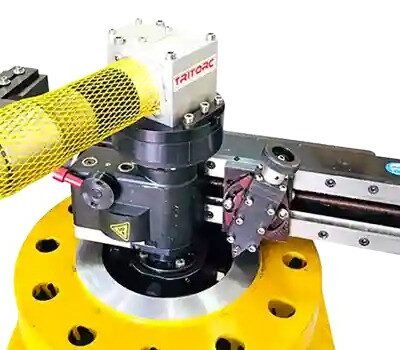Effective productivity tracking software for employees is essential in the fast-paced world of today when production depends on efficiency. It can be challenging to stay organized while juggling multiple projects at once, keeping track of which ones want your attention, when deadlines are approaching, and how much time is available in the day. Tools for productivity monitoring are useful in this situation. This blog post will go over how work deadlines can be balanced with employee productivity monitoring software.
What is Productivity Monitoring Software?
The best productivity monitoring software for employees is a tool that is used to keep track of, monitor, and measure the activities, behavior, and performance of employees in an organization. It provides information about how employees use their time, the efficacy of their work, and their overall levels of output. It enables workflow simplification and indicates potential improvement opportunities. Deploying such software freely is vital, though, as long as privacy rights are upheld and a productive workplace is encouraged.
Choosing the Best Productivity Monitoring Software
It’s crucial to take into account your unique demands and requirements while selecting the best employee productivity tracking software. Here are some factors to consider when evaluating different options:
1. Feature of Productivity Monitoring Software
Employee productivity monitoring tools typically offer a range of features to gather data on employee activities. These features may include:
Time Tracking:
This feature tracks the amount of time employees spend on various tasks, projects, or applications. The employee time tracking tool helps identify time wastage, excessive breaks, or unproductive activities.
Application and Website Monitoring:
It records the applications and websites that workers access while they are at work. This makes it simpler to determine whether employees are taking part in extracurricular activities or visiting websites unrelated to their jobs.
Keystroke Logging:
By using software that logs keystrokes, employers can examine the content of a worker’s emails, chats, or written communications. Because it is disputed and may raise privacy issues, it is imperative to use this feature ethically and within the bounds of the law.
Activity and Idle Time Monitoring:
It monitors employee activity levels and identifies inactive time to provide information about periods of low output or inactivity.
Project and Task Management:
Some productivity tracking solutions interface with project management platforms, enabling managers to keep tabs on the status of projects, establish objectives, and allocate resources wisely.
2. User Interface and Ease of Use:
Some productivity tracking solutions interface with project management platforms, enabling managers to keep tabs on the status of projects, establish objectives, and allocate resources wisely.
3. Compatibility and Integrations:
All popular devices and operating systems should be supported by the best employee monitoring software. You want to be able to access your preferred apps from a desktop or mobile device when you’re on the go. Some businesses let you download free-trial copies of their software like DeskTrack to check if it meets your needs before purchasing a complete license. It’s worthwhile to check out many versions of an app until you find the one that works best for you if you discover that it performs well in one setting but poorly in another.
4. User Reviews and Reputation:
One of the most important things to look for when choosing an employee productivity monitoring software is user reviews and reputation. This will help you make an informed decision about the best product for your needs. It’s important to consider both the positive and negative reviews of each product, as well as any third-party reviews that have been posted.
Setting Clear and Realistic Deadlines
Most of us have a hard time setting deadlines. We procrastinate, put things off, and set goals that are too vague to achieve. This can be particularly true when it comes to employee productivity trackers. You may not know how to balance work deadlines it will take you to learn your new program or how long it will take you to get used to the way it works. You may not even be sure if you’ll actually use the program at all. Setting clear and realistic deadlines for yourself is key in avoiding procrastination because it helps you focus on the task at hand rather than on the future or past.
Monitoring Progress
Any project or task’s success depends on regular progress monitoring. It allows you to see how far you are away from completing your goal, and what steps need to be taken next. The right employee productivity tracking software packages come with time tracking tools already included. You can use them as a quick and easy tool to monitor your progress, but they are not particularly useful if you want a more in-depth understanding of how well your team is doing.
Conclusion
The best productivity monitoring software for employees can be a valuable ally in balancing work deadlines and optimizing your productivity. By selecting the best employee monitoring software and implementing the strategies outlined in this blog post, you can effectively manage your work deadlines and achieve a better work-life balance. By understanding your workflow, setting clear deadlines, utilizing task lists, tracking time, monitoring progress, leveraging reminders, analyzing productivity patterns, collaborating with team members, and maintaining work-life balance, you’ll be well on your way to balancing work deadlines effectively using productivity monitoring software.





